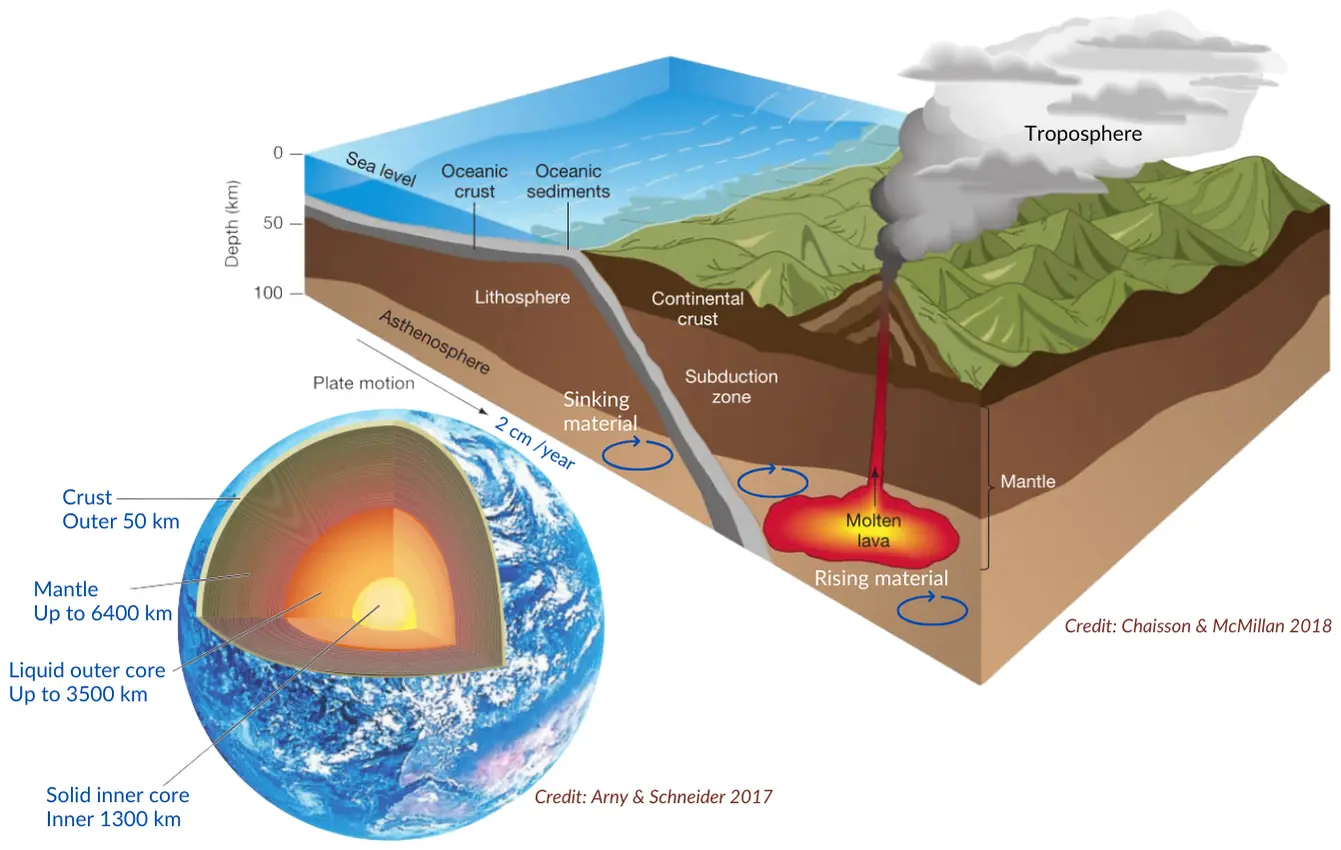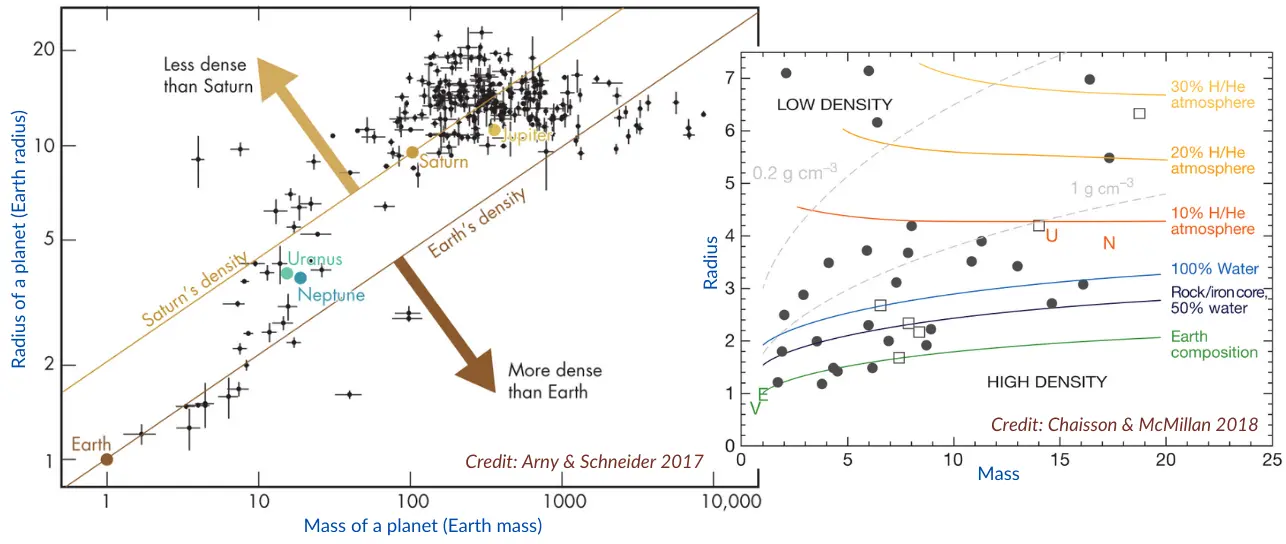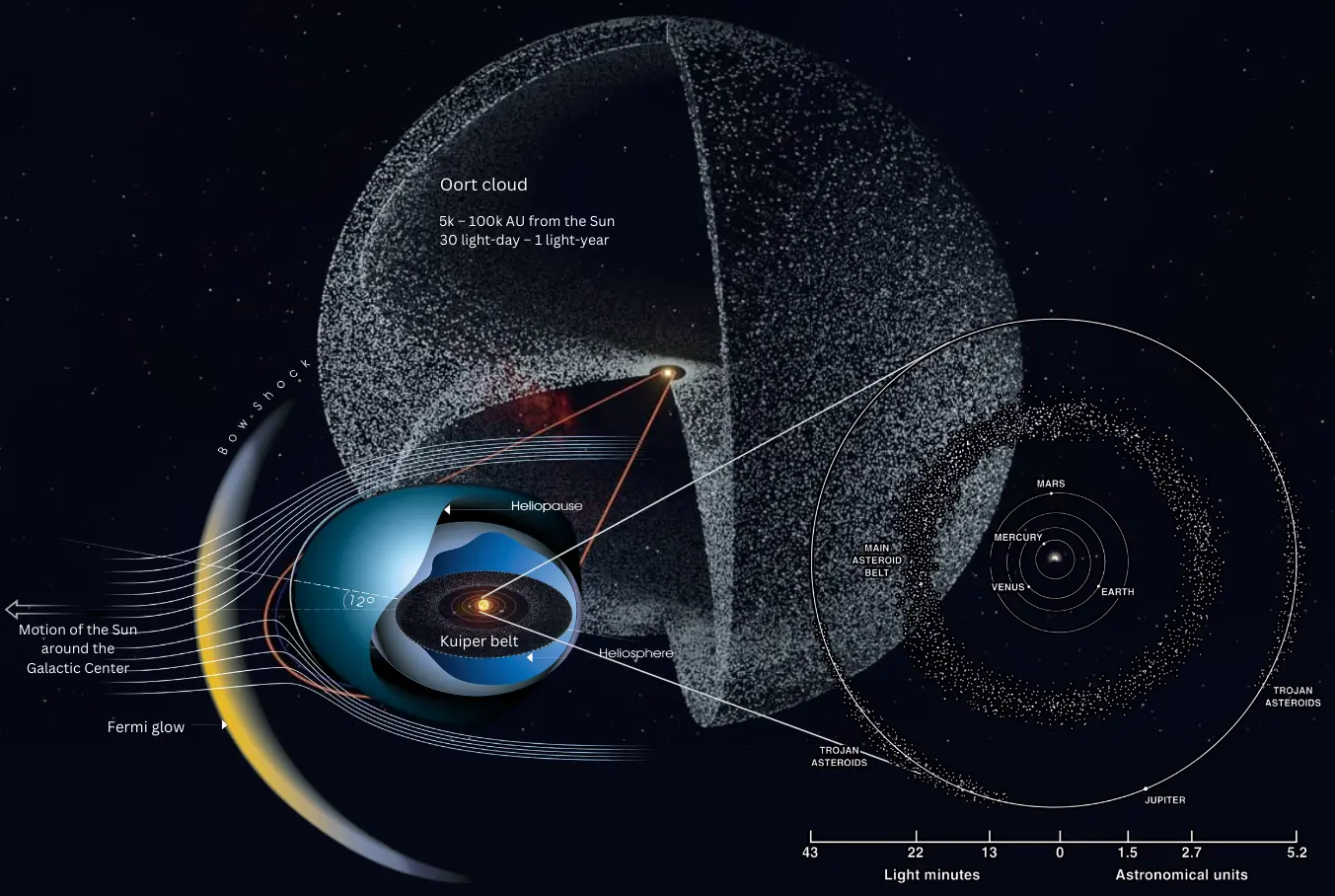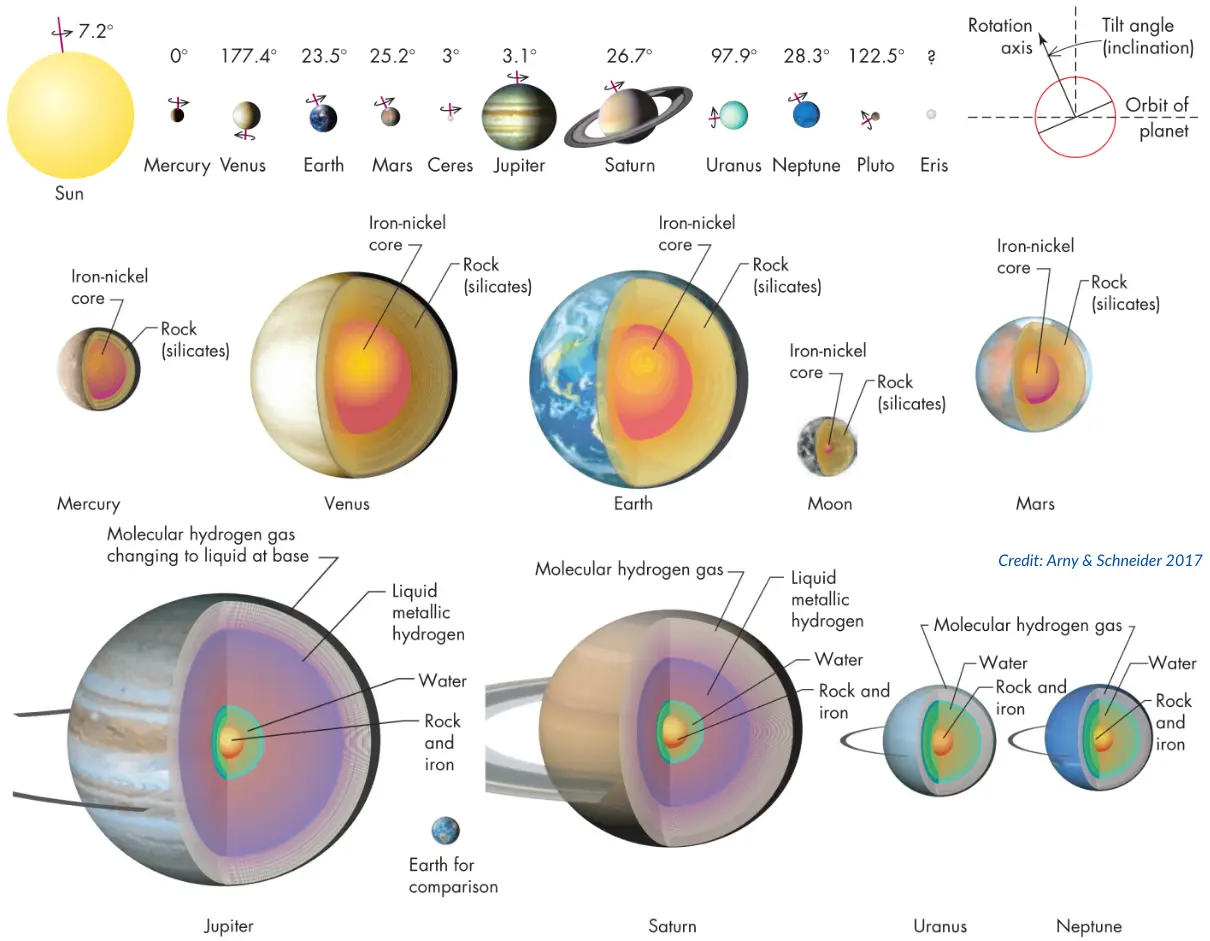Table of Contents
This is an old revision of the document!
4. Planetary Age
Socrates: Hermes, thank you for taking us back 4.6 billion years to the Milky Way. There aren’t many stars here in the Orion Spur, but in the distance, I can see a dark cloud. You’ll have to show us how, over the next 150 million years, our solar system will form from this molecular cloud. Don’t worry, just as you can travel through space, Ishtar can travel through time. With Ishtar’s help, you can speed up or slow down time as needed.
Hermes: But weren’t we supposed to sit in a boat on the Brahmaputra, after starting from the Siang River, to discuss the Planetary Era?
Ishtar: We will, we will. First, let’s spend 100 million years in this void, witness the birth of our solar system, and then head to the Brahmaputra to discuss the planets forming around other stars in the Milky Way.
Hermes: Fine. Then Ishtar, speed up time so that one minute equals ten million years, and we can directly witness the first 150 million years of the solar system’s formation in just 15 minutes.
Ishtar: Starting now. In 15 minutes, the solar system will be born. Let’s see if you can narrate its creation within that time.
1. Birth of the Solar System
Hermes: During the Stellar Era, we observed how a molecular cloud spanning several light-years collapsed to form a disk only 100 AU in size, with most of the gas accumulating at the center to form a protostar. Here, AU refers to an Astronomical Unit, the distance between the Earth and the Sun, approximately 150 million km. In the Planetary Era, we’ll use AU instead of light-years, as the scale of distances has now become much smaller. The gas and dust disk we see before us is called the solar nebula, with the protosun at the center. But instead of focusing on the protosun, let’s turn our attention to the disk. Our task is to observe how this disk, divided into several rings, gives rise to eight planets, two belts, and the vast Oort Cloud.
Socrates: My student Plato’s successor, the great European philosopher Immanuel Kant, is said to have been the first to propose that a rotating cloud could give birth to a planetary system.
Hermes: Kant didn’t explain the birth of planets but was the first to theorize stellar formation from a nebula, in 1755. Later, in 1796, Laplace attempted to extend the theory to explain the formation of planets. According to Laplace, a battle occurs between rotation and gravity, where gravity dominates closer to the center, and rotational force dominates further out. Gas and dust at the very outer edge of the disk become detached due to rotational forces but can’t drift too far because of gravity, forming a ring orbiting the center. The outermost ring forms first, and as more material detaches from the disk, additional rings form between the disk and the first ring. Eventually, the disk transforms into several rings, and gravity within each ring consolidates the material into individual planets.
Socrates: That’s quite an elegant theory.
Hermes: Elegant but incorrect. In the 18th century, electromagnetic forces hadn’t been discovered, so everything was explained using gravity, which is not sufficient. Modern computer simulations show that planets cannot form purely due to gravity in such rings. Electromagnetic forces played a crucial role initially, even more so than gravity.
Socrates: But we can almost see rings forming now in the solar nebula. Look! The disk is dividing into three rings, with the middle one being the largest, though the gaps between them seem nearly equal.
Hermes: Yes, within just 100,000 years, the solar nebula has divided into three rings, but not into eight, as Laplace predicted. Electromagnetic forces are heavily involved in the formation of these rings.
Socrates: What kind of influence do they have?

Hermes: In the top panel of this image, three sublimation lines are shown. Sublimation refers to the process by which material transitions from gas to solid. The closer you get to the Sun, the higher the temperature. At 1.5 AU, the temperature drops to 1,100°C, allowing silicates (the material that makes up rocks) to solidify, but water (H$_2$O) or carbon monoxide (CO) cannot. At 8 AU, where the temperature is -100°C, water can exist as ice, and this boundary is called the water snow line. At 45 AU, where the temperature is -240°C, carbon monoxide also solidifies, forming the CO snow line. As the distance from the Sun increases, the temperature gradually decreases, but these three specific temperatures are critical because the solar nebula contains a significant abundance of these associated materials. As a result, solid material begins to accumulate more near these three distances from the Sun, giving rise to the faint rings you see now, which will become more pronounced over time.
Socrates: One minute has passed. The material near the three lines is condensing further.
Hermes: Yes. Now, if you glance back at my diagram, the middle panel shows the solar system 1 million years after its formation began. Near the silicate line, I’ve marked NC-type planetesimals in red.
Socrates: Wait, wait! Are you going to drown us in jargon?
Hermes: If you give me a moment, I’ll explain what NC and planetesimals are. NC stands for non-carbonaceous chondrites, which are chondrites that lack carbon compounds. Chondrites are meteorites that have remained largely unchanged since the solar system’s formation. During meteor showers, many such chondrites fall to Earth, and their analysis helps scientists understand the solar system’s early conditions. So, CC stands for carbonaceous chondrites, which contain carbon compounds. These form near the water snow line, depicted in white, while green represents icy fragments near the CO snow line, which formed the early Kuiper Belt.
Socrates: Hold on, hold on. Why are the three lines shown closer to the Sun in your middle panel compared to the first one?
Hermes: Because over the 1 million years shown here, the Sun’s temperature has decreased, allowing sublimation to occur closer to it. Consequently, the three lines have shifted inward. From now on, the Sun’s temperature won’t drop significantly, so the sublimation lines won’t move much further. Silicate lines stabilize around 1 AU, the water snow line around 4 AU, and the CO snow line around 20 AU. The silicate line is often called the soot line, while the water snow line is referred to as the frost line. Over the next 14 minutes (equivalent to 140 million years), you’ll see how the soot line spawns four rocky planets and the frost line gives rise to four giant planets.
Mars: I can already see how electromagnetic forces are causing micrometer-sized dust grains to clump together into millimeter-sized pebbles. Look, many pebbles are joining together to form kilometer-sized planetesimals. Electromagnetic forces work hard to create kilometer-sized planetesimals, and then gravity takes over to bind planetesimals together into planets. Depending on which materials dominate in a region, planetesimals are forming from those specific materials. And as planets grow larger, the number of pebbles around them decreases, meaning the rings are becoming clearer. From the soot (silicate) line’s ring, four rocky planets are forming: Mercury, Venus, Earth, and Mars. There are no planetesimals left between Mercury and the Sun. But something catastrophic seems to be happening in the frost line’s ring. What’s going on, Hermes?
Hermes: Among the three rings, the frost line’s ring contains the most material. Look at the mass distribution in the first panel of my diagram. The frost line’s ring holds material equivalent to about 85 Earth masses. Here, planetesimals have grown so large that they’ve begun attracting hydrogen gas. The addition of rock, ice, and gas has caused Jupiter to collapse inward due to gravity. A similar collapse may occur for Saturn, though it’s difficult to see clearly due to nebular dust. For Uranus and Neptune, it’s unclear whether collapse is occurring or planetesimals are still clumping together. Jupiter and Saturn are so massive that they are forming many moons around them, almost like mini solar systems of their own.
Socrates: Three minutes have passed. The Sun suddenly seems much calmer now.
Hermes: That’s because, Socrates, nuclear fusion has started in the Sun’s core. The pressure from nuclear reactions and gas counteracts gravity, preventing further contraction. The Sun is now a main-sequence star—a fully grown, adult star.
Socrates: Five minutes have passed. What just happened? Did another planet collide with Earth?
Hermes: Have you ever wondered why the Moon is so large relative to Earth? No other satellite in the solar system is proportionally as large as the Moon compared to its host planet. This collision is why. See how a huge amount of material has been ejected from Earth into space, but Earth’s gravity prevents it from escaping far. Within a million years, the scattered debris consolidates into a beautiful round Moon.
Socrates: The asteroid belt lies between Mars and Jupiter. You mentioned NC-type planetesimals migrating there from the soot line earlier, but now I see rocks coming here from outside as well.
Hermes: Yes, that’s shown with arrows in the last panel of my diagram. Red arrows indicate how asteroids are being flung into the asteroid belt by the influence of the inner four planets, while gray arrows show how CC-type asteroids from the outer four giant planets are entering the belt. This process created the asteroid belt.
Socrates: Our 15 minutes are up, and 150 million years of the solar system’s history are complete. Like the solar system, let’s rest for a while.
[Half an hour passes for our eight characters, during which 300 million more years of the solar system’s history unfold. Suddenly, the entire solar system is thrown into turmoil.]
Juno: What’s happening? The entire solar system seems to be in a massive world war. Because we’re experiencing time so quickly, the intensity of the war feels overwhelming. Planetesimals are crashing onto nearly all the planets and moons. Are the fragments of rocks, soil, and ice that failed to form planets or merge with any planet seeking revenge on them?
Hermes: This is called the Late Heavy Bombardment. Those that couldn’t form planets near the soot and frost lines have ended up in the asteroid belt, while those near the CO snow line became part of the Kuiper Belt. Their bombardment on planets and moons will continue for another half hour in our time—that’s 300 million years.
Socrates: In about an hour and a half, we’ve witnessed the first 800 million years of the solar system. Now, Hermes, can you give us an overview of this world?
2. Solar System
3. Earth
Hermes: Understanding how auroras are formed on Earth can help explain those on Saturn. The Solar System is now approximately 1 billion years old. If we travel from Saturn to Earth, we can see how auroras formed at Earth’s poles even 3.6 billion years before the emergence of humans.
[Eight people approach Earth and observe the northern polar region from above.]

Hermes: In this image, we see Earth’s atmosphere (the word comes from the Greek ‘atmos,’ meaning ‘vapor’) and the magnetosphere. The atmosphere is shown extending roughly 100 km above the surface and is divided into layers: first, the troposphere, the region of clouds, followed by the ozone-layer-rich stratosphere, and then, successively, the mesosphere and ionosphere. The ionosphere spans roughly 80 to 1000 km in height, where gases become ionized due to the Sun’s strong radiation. Beyond the ionosphere lies the magnetosphere, Earth’s magnetic field region, mapped by dipolar (two-pole) magnetic field lines. This enormous magnetic sphere, about 1 million kilometers in size, makes Earth and its atmosphere seem minuscule. Charged particles from the solar wind get trapped in Earth’s magnetic field lines and oscillate along these lines in a spiraling path, moving between the northern and southern poles. The field lines near the poles are known as the Van Allen radiation belts, where particle acceleration generates significant radiation. As these particles reach the northern pole, their density increases, and the magnetic field kicks them back toward the south. It takes these particles only 1 second to oscillate between the poles. This oscillation causes particles near the poles to accelerate so much that they emit various colors of radiation, known as auroras. The northern aurora is called Aurora Borealis, named by Galileo after the north wind god. The southern one is called Aurora Australis.
Socrates: But how is this enormous magnetic field generated? It seems like Earth is a massive bar magnet with its north magnetic pole slightly offset from its geographic north pole. Your diagram shows a tilt of over ten degrees between the magnetic axis and the rotation axis.

Hermes: Yes, the actual tilt between the two axes is 11 degrees. And Earth indeed acts as a giant bar magnet. To understand its source, we must look inside Earth. Earth’s body is divided into three parts: the core, the mantle, and the crust. Within Earth’s radius of approximately 6500 km, the crust is only 50 km thick, acting like Earth’s skin. Below the crust lies the mantle, around 3000 km thick, and beneath that, the core, which is about 3500 km thick and divided into the outer and inner core. The inner core, roughly 1300 km in size, is solid iron and nickel, while the outer core, about 2000 km thick, consists of liquid iron and nickel. If we compare the inner core to a furnace, the outer core can be likened to a boiling pot of water. As water bubbles rise due to heat and cool down to sink back, a circular flow called convection occurs. In the outer core, convection currents arise due to heat from the inner core. Since the flowing material is electrically conductive metal, this generates a convection current. Ampère, a 19th-century French scientist, showed that a loop of electric current generates a magnetic field perpendicular to the loop’s area. The convection currents in Earth’s outer core act similarly, producing the magnetic field.
Socrates: So, the magnetic field lines you showed earlier emerge from Earth’s interior. And around each of these lines in the outer core, there are electric current loops caused by the convection of liquid iron-nickel. Is that correct?
Hermes: Correct. It’s also worth mentioning that the core’s heat doesn’t just create convection currents in the outer core; they also form impressively in another layer. The topmost part of the mantle, called the asthenosphere, is made of semi-solid rock and soil, not fully liquid but semi-solid. The crust lies above this layer. However, like the skin of a body, Earth’s crust is not continuous but broken into pieces like a jigsaw puzzle. These pieces are called tectonic plates, which float on the semi-solid asthenosphere. Convection currents in the asthenosphere cause these plates to move, roughly 2 cm per year. When two plates collide head-on, mountains form at their boundary. For example, the Indian plate collided with the Eurasian plate about 50 million years ago, forming the Himalayas. This collision is so recent that the Himalayas are still rising, about 5 mm per year.
Socrates: Does this video show the movement of tectonic plates?
Hermes: Yes, it’s a simulation showing how Earth’s major crustal plates have moved over the past billion years. It was published in 2021 in the journal *Earth-Science Reviews*. It shows that the plates sometimes move slowly, sometimes rapidly, sometimes approach each other, and sometimes drift apart. About 500 million years ago, most plates shifted southward, and by 300 million years ago, they had coalesced into a single supercontinent called Pangaea, surrounded by the global ocean Panthalassa. Over the past 300 million years, the plates have broken apart to form today’s seven continents. India’s sprint toward Asia is particularly clear in the video.
Socrates: Do the solid-crust planets in our Solar System experience such tectonic activity?
Hermes: No. Mercury, Venus, and Mars have no tectonic activity on their surfaces. However, Saturn’s moon Enceladus might have it.
Socrates: Well, even if our Solar System doesn’t have more, surely many planets orbiting other stars in the Milky Way must have tectonic movement. Am I right?
4. Detecting Planets
5. Classification of Planets



